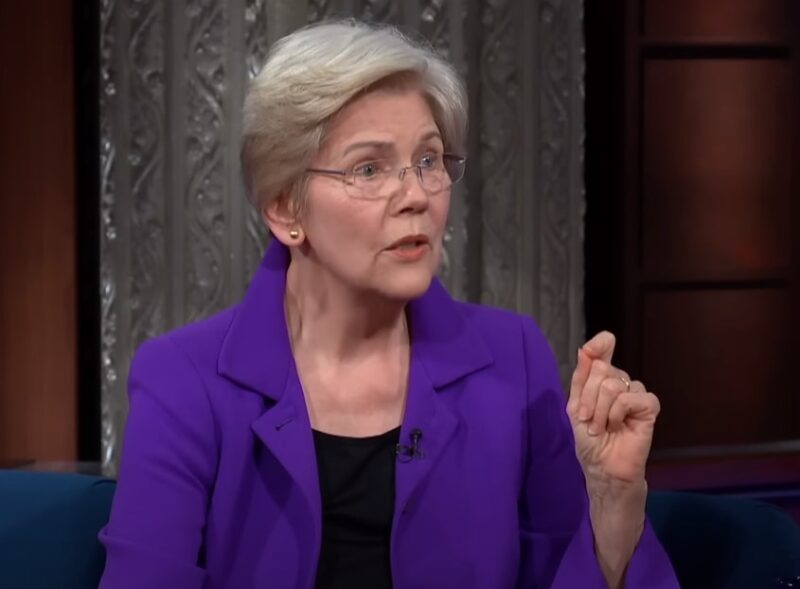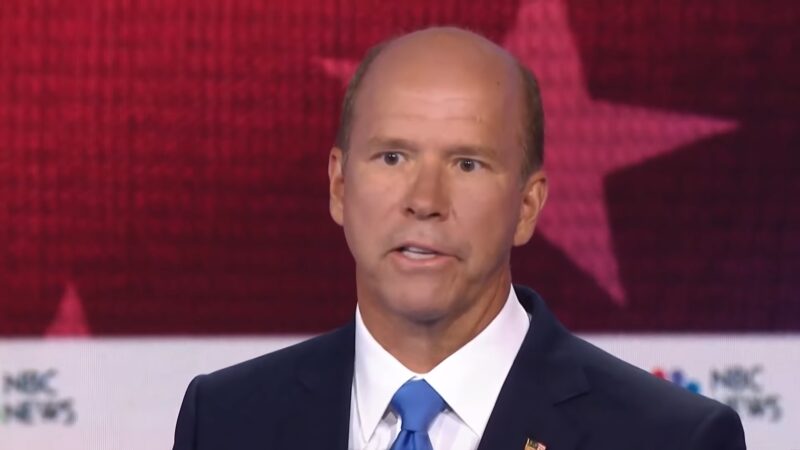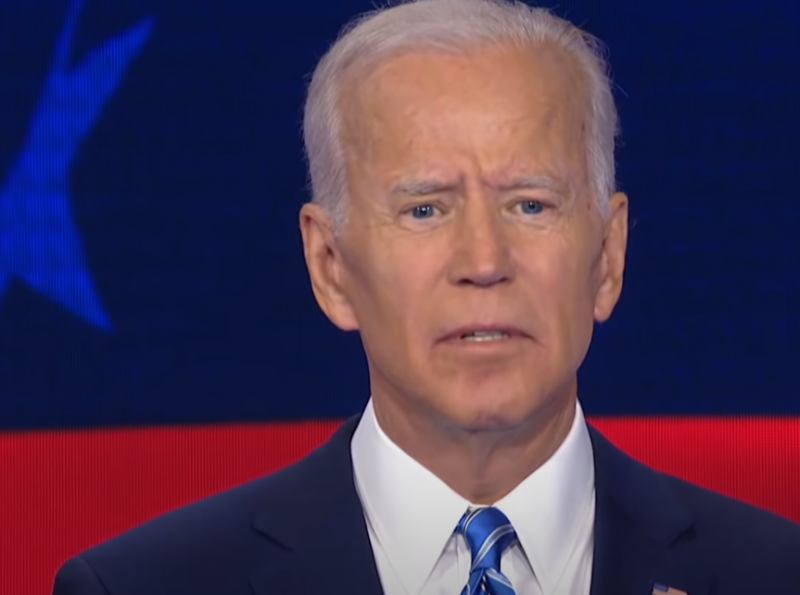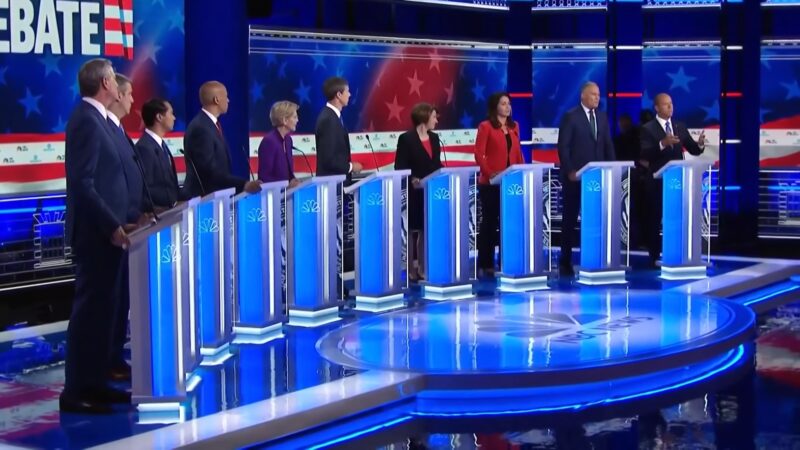After their embarrassing defeat in 2016, Democrats look towards the most effective avenue of “resisting” President Trump: the ballot box. Having lost both Houses of Congress, the Presidency — ceded 35 out of 50 gubernatorial seats — and holding only 31 state legislatures, the Democratic Party is very much going through the colloquial “mid-life crisis.” It virtually cannot get any worse for the Democrats, being the minority party at every level.
Just as the Republicans faced after Mitt Romney’s loss in 2012, the Democrats must decide how to rebrand, and to what degree. The name-floating began the moment it became clear Donald Trump had been elected President. Young guns like Kamala Harris (who had just been elected to the Senate that evening) and Cory Booker resemble Ted Cruz and Marco Rubio of the GOP’s expansive 2016 field. More nostalgic Democrats looked to the likes of Bernie Sanders and former Vice-President Joe Biden as the answer.
Others even name-drop total political outsiders. Even though it is a long way away, the 2020 Democratic primary looks like it’ll be the Left-wing version of the GOP’s 2016 crowded field. However, one thing is clear: the Democratic Party’s future lies in something, or someone, who differs greatly from Hillary Clinton.
There are only three paths, in our opinion, the Democratic Party will take in the next three and a half years: 1) it will continue its leftward leap into progressivity — of the “Democratic-Socialist” variety 2) a move back to the center or 3) opting for a total outsider candidate. This is relatively the same choice the Republicans faced in 2016, and their voters chose Authoritarianism — of the right-wing variety. The Democrats will soon be faced with their decision, and we believe there are three convincing candidates.
Progressive Pocahontas

In light of the rising popularity of Bernie’s “tax everything that moves, until it doesn’t” philosophy, it is a reasonable assumption that the Democratic Party’s progressive trend will continue. The progressive wing of the party successfully pulled Hillary Clinton, and it seems a significant portion of the base, leftward. For a few years now, the more progressive version of Hillary Clinton has been causing ruckus in the U.S. Senate. Elizabeth Warren, should she survive challenge from the opposing party (which should not be a problem as her competition consists of total unknowns, and Curt Schilling), Warren can run from cover in 2020 while coming off a significant victory.
Warren runs akin to Bernie Sanders on almost all issues, except for one. Bernie is relatively (for a progressive Democrat) lax on gun rights. Bernie, being from Vermont, takes a slightly less than draconian approach to guns. Clinton was able to beat him over the head continuously on this issue throughout the 2016 primary. He would counter by stating (accurately) that the NRA gave him a “D-” grade. However, that is not an “F,” and that is something Warren can hold over a possible Sanders 2020 reboot. Additionally, she is currently 68 — seven years younger than Sanders. Still, Warren possesses stalwart progressive credentials in her own right.
Warren is a staunch supporter of a $15 minimum wage. She has been one of the leading political voices for the “Fight for $15” movement and has cut her political teeth in its advocacy. As we saw with Bernie, the “living wage” tagline resonates with the progressive base, and Warren is as familiar with their yearnings as any other. Warren is the progressive stalwart much of the party wants. She could possess the winning recipe for a primary, but just as any other Democrat, it is unclear whether she holds the formula for victory in November of 2020.
Mr. Moderate

For the first time in nearly a generation, this niche within the Democratic Party may have a chance to steal a primary victory and ultimately the nomination. The party has been gradually pulled further and further to the Left, abandoning a large chunk of their voting population. There seems to be a rising movement in the Party that is starting to put its foot down, advocating for more moderate policies. We have recently seen this with some pro-life Democrats coming to the fore.
One such candidate has already announced his candidacy for 2020. John Delaney, a current member of the House of Representatives, recently declared that he will not seek another term in Congress in 2018 and instead will be throwing his entire focus behind running for President. Delaney is a business-minded Democratic candidate that has a focus on economic growth rather than social justice, which has seemed to be the norm for recent Democrat candidates. In a general election Delaney could be a formidable candidate, but with the base of the party having drifted so far from the middle, it will be an uphill battle to win the nomination.
Trump 2.0?

Last year seemed to throw out the traditional political playbook. We saw a political novice sweep the nation and land himself in the White House. Now with Kid Rock and possibly Curt Schilling running for Senate in 2018, is populism the new normal? It is certainly possible, especially for a party that has been the traditional haven for populism.
A reasonable assumption is that a celebrity, in the same mold as Trump in 2016, enters the race. Some names that have been floated are Mark Cuban, Dwayne “The Rock” Johnson, and Mark Zuckerburg. Out of these three, Cuban and Zuckerburg seem to be safer bets. However, if we’ve learned anything from 2016 it’s: expect the unexpected.
Conclusion: Who Knows?
The Democratic Party has a problem. With the obvious policy inconsistencies and a lack of a clear agenda aside, they are confronted with a difficult intraparty hurdle they will be forced to confront when it comes to the 2020 Democratic nomination for President.
Ironically, they are faced with a situation that is reminiscent of what the Republicans faced in 2016. It’s hard to deny, even for Democrats, that Hillary Clinton was an atrocious candidate. With that being the case, instead of being unified as a party, Republicans put 16 very different candidates forward.
